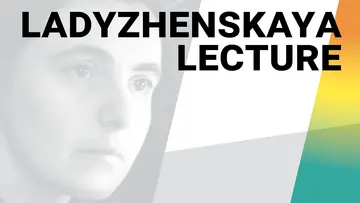Mathematical problems suggested by Analog-to-Digital conversion
- Ingrid Daubechies (Department of Mathematics and Program in Applied and Computational Mathematics, Princeton University)
Abstract
In Analog-to-Digital conversion, continuously varying functions (e.g. the output of a microphone) are transformed into digital sequences from which one then hopes to be able to reconstruct a close approximation to the original function. The functions under consideration are typically band-limited (i.e. their Fourier transform is zero for frequencies higher than some given value, called the bandwidth); such functions are completely determined by samples taken at a rate determined by their bandwidth. These samples then have to be approximated by a finite binary representation. Surprisingly, in many practical applications one does not just replace each sample by a truncated binary expansion; for various technical reasons, it is more attractive to sample much more often and to replace each sample by just 1 or -1, chosen judicously. In this talk, we shall see what the attractions are of this quantization scheme, and discuss several interesting mathematical questions suggested by this approach. This will be a review of work by many others as well as myself. It is also a case study of how continuous interaction with engineers helped to shape and change the problems as we tried to make them more precise.


